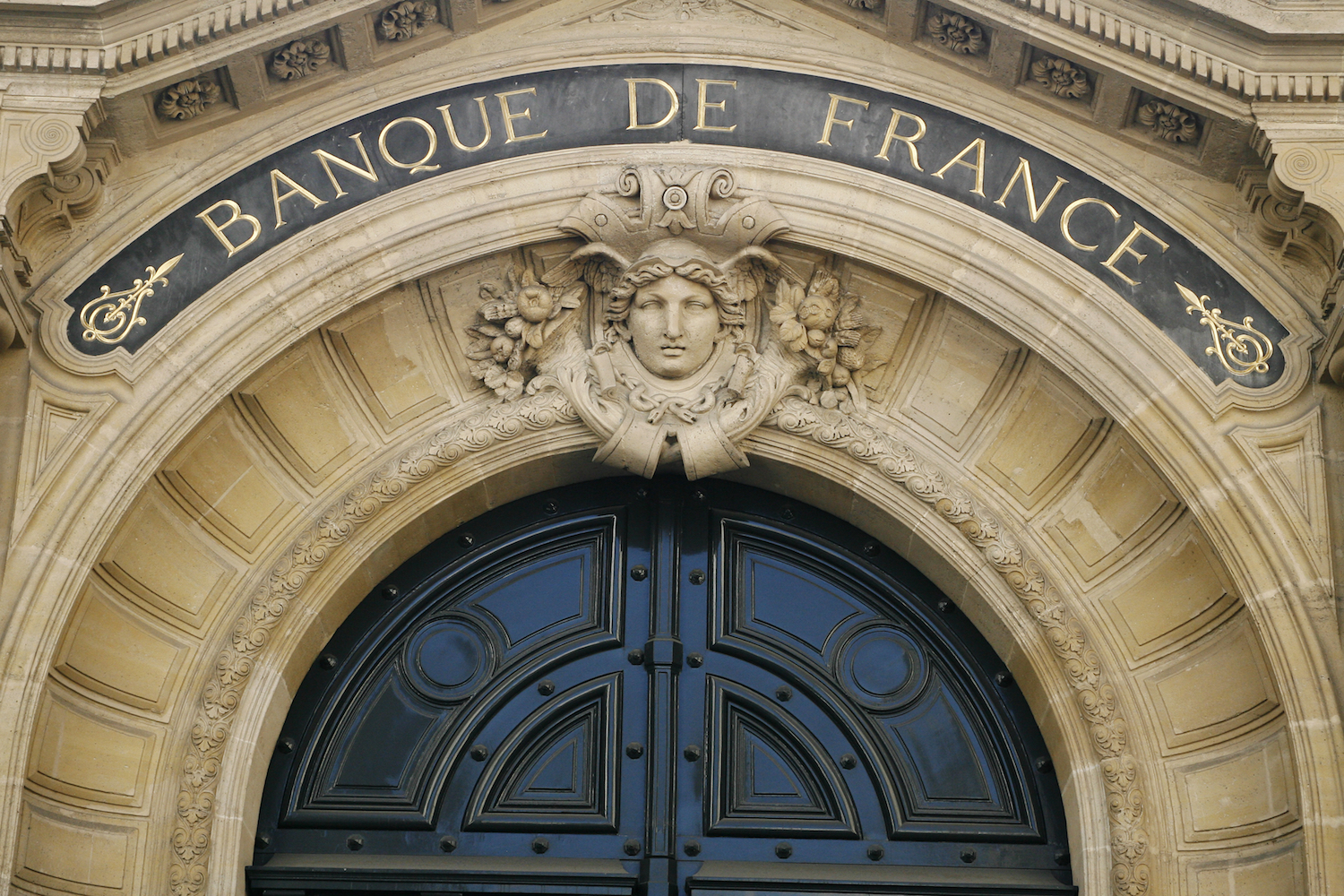Attention Bitcoin Bulls, China Stimulus May Have Lost Its Mojo
-
China’s latest stimulus appears sanguine compared to the 2015 cycle, according to BCA Research.
-
The housing market bust limits China’s ability to generate bullish “credit impulses.”
-
The credit impulse is in a structural downtrend, since peaking at 25% in 2008.
China has recently unveiled a raft of stimulus measures, the biggest since 2008, torching a rally in Chinese stocks and risk assets worldwide, including bitcoin. Most crypto analysts expect the Chinese stimulus and the Fed rate cuts to power bitcoin (BTC) to $100,000 in the coming months.
However, BCA Research argues the risk-on rally may not have legs as China’s latest stimulus falls short of generating significant bullish “credit impulses” as it did in the past two decades, including in 2015.
Credit impulse refers to the flow of new credit issued through loans and other debt instruments as a percentage of gross domestic product (GDP). Since the 2008 crash, analysts have closely tracked China’s credit impulse as a leading indicator of economic growth and risk-on rally worldwide. Renewed upswings in the indicator have historically coincided with bitcoin bear market bottoms.
:format(jpg)/cloudfront-us-east-1.images.arcpublishing.com/coindesk/A7IGN3X5H5AFHNM77W4LH2LNMM.png)
The credit impulse peaked at 15.5 trillion yuan during the last major bullish easing cycle dated 2015, equating to 15% of the GDP. Back then, the Chinese stocks, represented by the CSI 300, more than doubled in six months and BTC found a bottom near $100, turning higher for a two-year bull run that peaked near $20,000 in December 2017.
Since then, China’s economy has doubled in terms of nominal GDP, which means the credit impulse during the current cycle needs to peak at 27 trillion yuan to have a similar bullish impact on the economy and markets.
However, the most recent peak in the credit impulse was less than 5 trillion yuan. So, to match the 2015 episode, the latest measures would “need an amplitude five times greater than the most recent peak,” BCA Research said in a note to clients on Oct. 2.
:format(jpg)/cloudfront-us-east-1.images.arcpublishing.com/coindesk/ALFQUQBX65BMDJKTCMJCYJRIZI.png)
Reversing the downtrend in the credit impulse might be easier said than done because factors that drove it higher initially, such as the housing market boom, are no longer present.
“Through 2000-2020, when China’s housing boom was in full swing, it was possible to channel the exponential credit curve into the housing and construction boom, But now, absent an alternative destination for the productive use of credit of the same magnitude, it will be difficult to generate those same monster credit impulses,” BCA’s analysts said.
Edited by Parikshit Mishra.
Disclosure
Please note that our
privacy policy,
terms of use,
cookies,
and
do not sell my personal information
have been updated
.
CoinDesk is an
award-winning
media outlet that covers the cryptocurrency industry. Its journalists abide by a strict set of
editorial policies.
CoinDesk has adopted a set of principles aimed at ensuring the integrity, editorial independence and freedom from bias of its publications. CoinDesk is part of the Bullish group, which owns and invests in digital asset businesses and digital assets. CoinDesk employees, including journalists, may receive Bullish group equity-based compensation. Bullish was incubated by technology investor Block.one.
:format(jpg)/author-service-images-prod-us-east-1.publishing.aws.arc.pub/coindesk/af8d0ba0-646f-4588-abb1-85acd53eb89a.png)









